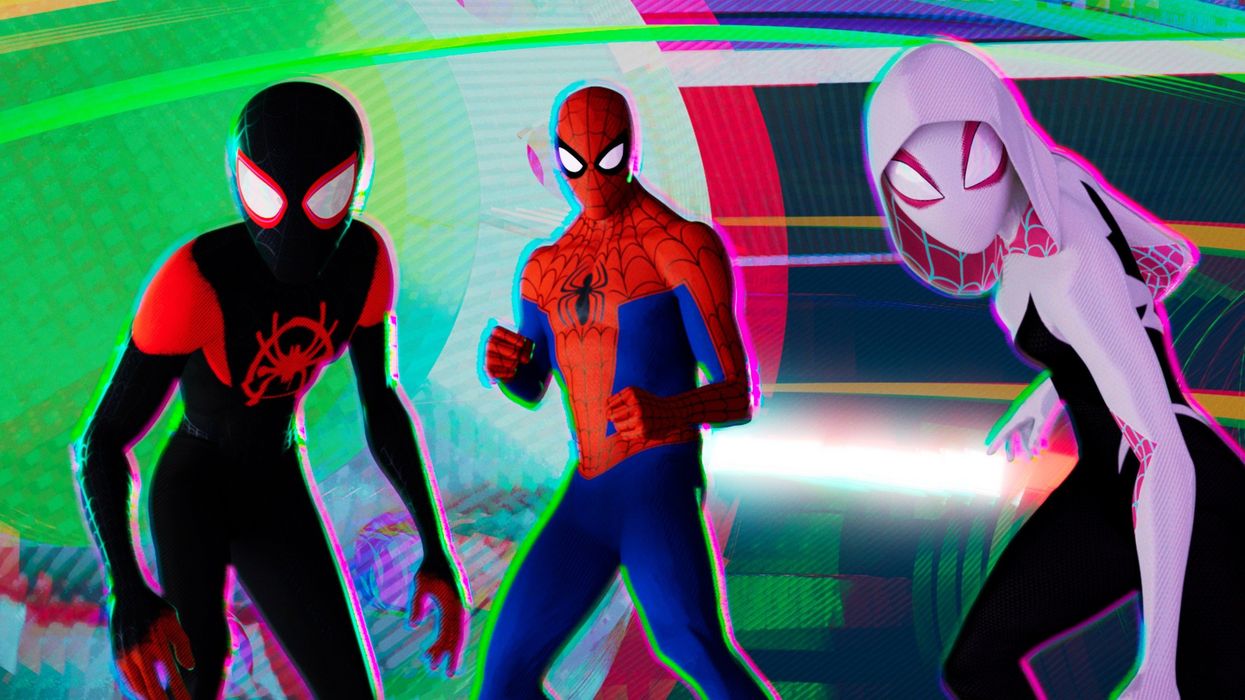The Risky Animation That Gave 'Into the Spider-Verse' Its Fresh Look
What techniques were used to give "Spider-Man: Into the Spider-Verse" that unique visual style?

The entire animated film industry changed when Spider-Man: Into The Spider-Verse was released into theaters. It's not that we hadn't seen any of the tools and techniques before, but we had never seen them used all together in a massive studio release, based off important intellectual property, and geared to a mass audience.
In an article in the New York Times, Spider-Verse’s three directors — Bob Persichetti, Peter Ramsey, and Rodney Rothman — talk about why it was so important to make this movie look unique and unlike any other iteration of the character. Ramsey said. “We couldn’t rest on the conventions of animated films as we’ve known them.”
One of the directives for the movie was “if it looks and feels like something from an animated film, it’s not our movie,” Persichetti said in the NYT interview. “I think audiences are responding to that because it’s something they haven’t seen.”
So how did they actually do it?
The team was inspired by Jack Kirby and the dots within his illustrations. Every frame had to look like a frame of a comic book. And that remained important as they went forward.

Time was spent making sure each character had detail and care. Even the character of New York City. Everything started with models that are disproportionate to real life. Then things are exaggerated and skewed so they can show speed, height, and emphasize what's going on within the character as well.
They also had to find new sources of light - by using non-traditional methods of detail. Embracing color blobs that can fill the background and even just not animating things that don't stay on screen long. Like the people on a bus or a flashlight someone holds.
In this video from Wired, Danny Dimian, Visual Effects Supervisor, and Josh Beveridge, Head of Character Animation, break down the techniques they used to create a new visual language for Spider-Man: Into the Spider-Verse.
What's next? Learn the history of CGI!
CGI got its start in the 1950s, in Hitchcock's Vertigo, but since then each year has marked an incredible leap forward in the technology. This video essay comprises CGI's history and its mark on cinema.
While doing a deep dive for an article, I found this amazing and comprehensive website COMPUTER ANIMATION HISTORY-CGI, which lists over 250 examples of the first instances of every CGI method ever. The website chronicles all of them and even provides video examples. They even have a YouTube channel that can take you through the vast history of CGI.
Click the link to get a course in under five minutes!












